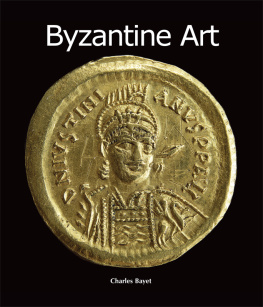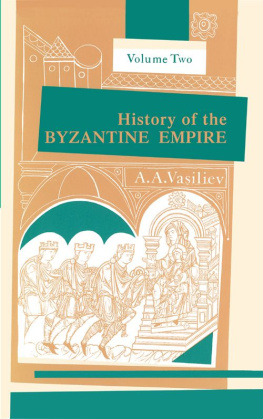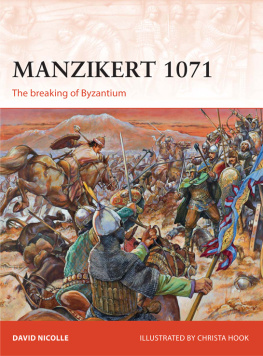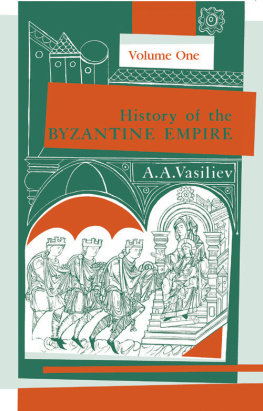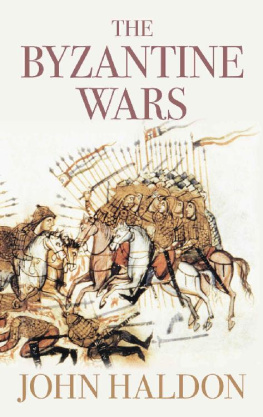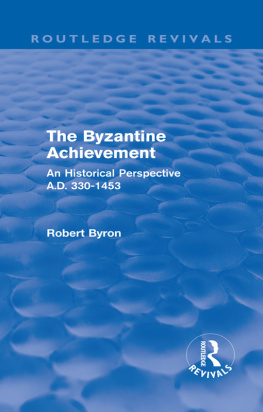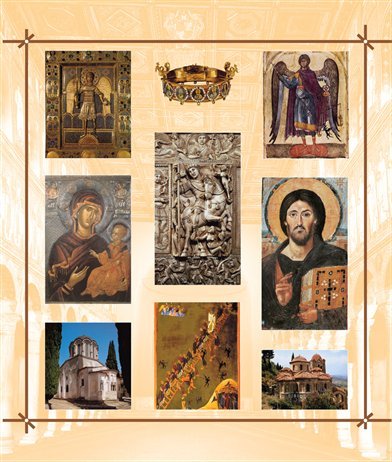Baseline Co. Ltd
No part of this publication may be reproduced or adapted without the permission of the copyrights holder, throughout the world. Unless otherwise specified, copyright on the works reproduced lies with the respective photographers. Despite intensive research, it has not always been possible to establish copyright ownership. Where this is the case we would appreciate notification.
Marble, 21 x 25.7 x 7.4 m.
Rome.
Introduction
Byzantine art has been alternately strongly attacked and strongly advocated. For many years, critics only references to the movement produced the most unflattering epithets. The word itself, Byzantine, which refers to both painting and politics, used to arouse immediate ire in the elite artistic circles of the nineteenth century. It had become established that this term was used to refer to a type of art that had created nothing but unsightly, unpleasing works and which, condemned to stagnation from its very conception, had neither progressed nor changed.
Later on, those who attempted to defend the unappreciated era often did its reputation harm with their excessive zeal. Before it had even been clearly defined what was to be understood by the term Byzantine, these overly active panegyrists claimed to recognise its influence in nearly every country and on every monument in the West. Losing its contemptuous nuance, the term Byzantine was becoming very vague and, above all, very elastic. Everyone believed himself to have the right to use it according to his own fancy. The term thus accompanied half of the works of the Middle Ages; as for the others, experts strained to recognise at the very least the influence of the Greek masters. In this way, other works were assimilated under the Byzantine banner and declared its vassals.
These invasions of style provoked some resistance. In France, Italy, and Germany, art historians affirm that, before even the twelfth or thirteenth century, the West had produced its own local schools whose existence must not be forgotten. This reaction to the older civilisations artistic style was quite strong, at times excessive. In Italy, one encountered scholars who refused to see Byzantine influence anywhere. Some, unfamiliar with the history and monuments of the East, even claimed that the artistic principles that developed in the Mediterranean during the fourth century were actually bequeathed to the Byzantine Empire by the Italians.
One point is worth noting: detractors and apologists have often followed the same method. Before speaking of the relationship between Byzantine art and other styles, many do not take the pains to study it in its context and in its works. Perhaps it would have been better to reject the word Byzantine, which is not precise and which was exploited to such a degree, and rather to discuss neo-Hellenistic art or Greek art of the Middle Ages; however it seems useless to go against convention, words take on the value, above all, by the meaning given them.
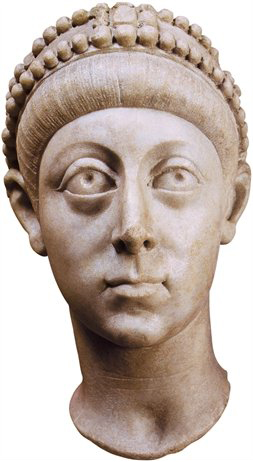
Bust of Arcadius Wearing the Imperial Diadem,
early fifth century. Marble.
Archaeological Museum, Istanbul.
I. Early Byzantine Art (306-843)
A. The Birth of a New Style (306-527)
At the beginning of the fourth century, under the reign of Constantine, a great revolution transpired in Christian history; in the wake of persecution, Christianity suddenly found itself in imperial favor. This development exerted a profound influence on the development of Christian art. It blossomed openly in new and richer forms. Churches were erected everywhere. In each city, wrote the contemporary ecclesiastical historian Eusebius, celebrations take place for the consecration of churches and newly constructed oratories. On this occasion, the bishops assemble, pilgrims come rushing in from distant lands; one sees the sudden outpouring of affection from man to his fellow man. Constantine himself was the driving force behind this movement and, in order to increase the number of holy structures, put the riches of the State at the disposal of the Christians.
The transformation of ancient Byzantium into Constantinople is a milestone in history. A consequence of this change was the division of the former Roman Empire into two parts, which were fated to meet different ends. Constantinople became the axis of a brilliant civilisation, where eastern influences were mixed with Hellenism. From this viewpoint, its geographic situation is indeed enviable: Constantinople was connected with both Europe and Asia; its vessels could harbour within its vast and secure port, keeping the city in continuous contact on one side with the regions of the Black Sea and on the other, with all the peoples of the Mediterranean. Thence came the immense influence that the city exerted during the Middle Ages, as well as its splendour and wealth.
It was in 324 that Constantine chose Byzantium. In Antiquity, certain religious rites were followed to found a city. In the well-known story, Romulus traced the first outline of Rome with the blade of a plow. A fourth century historian recounts that Constantine himself also traced the outline of the new capital with the point of his lance. He said that he was following the indications of an angel, who was walking in front of him. Work on the city was accelerated to such a degree that, according to one chronicler, the consecration supposedly took place only nine months later. It is true that a city can be consecrated, just as with a church, long before termination. The ceremonial consecration date for Constantinople is recorded: it took place on the eleventh of May, 330. The circumstances surrounding this event are indicative of the role assigned to Constantinople by the emperor: it was to be a Christian capital, and he entrusted the blessing of his city to the bishops. In addition, he ordered by law, writes the historian Socrates Scholasticus, that she would be called the second Rome. This law was carved on a marble table placed in the Strategeion, near the equestrian statue of the emperor.
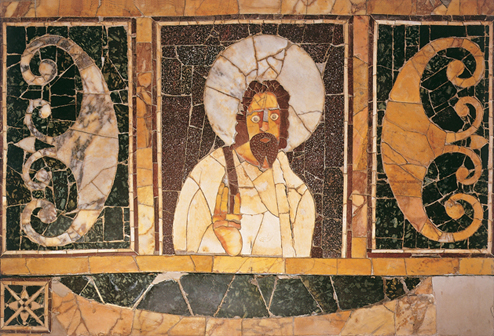
Christ in Majesty Giving a Blessing,
fourth century. Opus sectile.
Ostia Museum, Ostia, Italy.
In planning the new capital, Constantine was preoccupied with imitating Rome. Like Rome, Constantinople had seven hills and was divided into fourteen regions; there was even a Capitoline Hill. The main Forum, known as the Augustaeum, remained famous throughout the entire Middle Ages. It may have predated Constantine, who was content simply to embellish it. A portico dominated all four sides, and statues were placed underneath. Among these was a group representing Constantine and his mother, Helena, standing to either side of the cross. This archetype has remained traditional in the East and can still be found reproduced on frescos and engravings.

